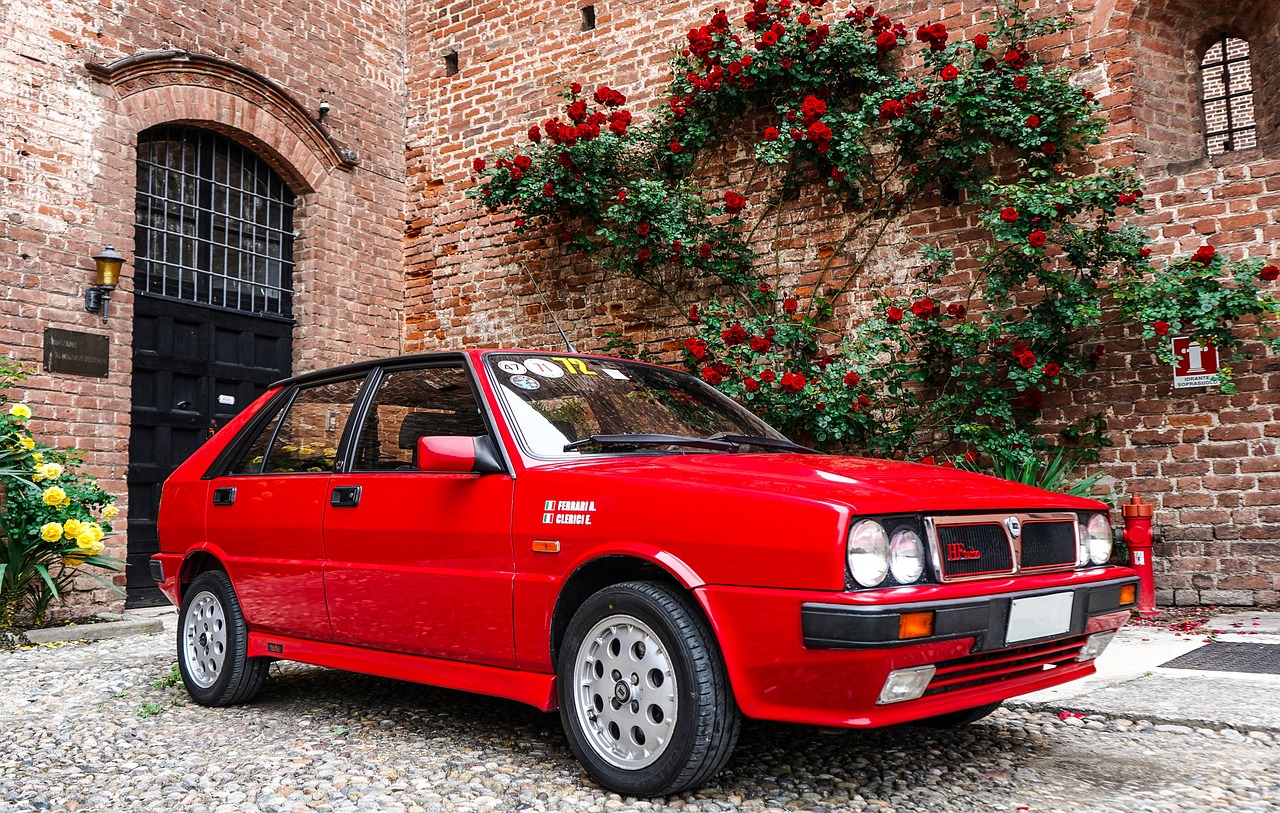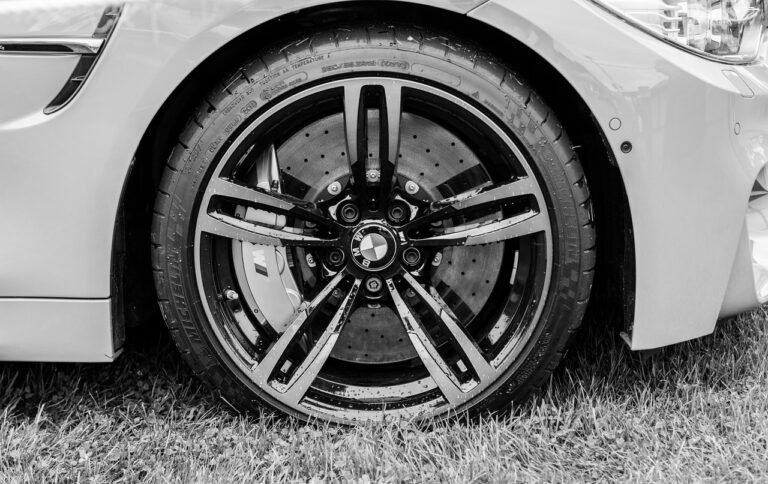The Impact of Urbanization on Auto Design and Functionality
One key trend in the automotive industry is the increasing demand for compact vehicles in urban areas. With city populations growing and traffic congestion becoming a common issue, more and more people are turning to smaller cars for their daily transportation needs. Compact vehicles are not only easier to maneuver in tight city spaces but also tend to be more fuel-efficient, making them a practical choice for urban dwellers looking to save on costs.
Moreover, advancements in technology have made compact vehicles more comfortable and feature-rich than ever before. Manufacturers are incorporating innovative designs and smart features to maximize interior space and enhance the driving experience within smaller car models. Additionally, the trend towards sustainability has also influenced the demand for compact vehicles, with many consumers seeking eco-friendly options that align with their values and contribute to a greener urban environment.
Incorporation of Advanced Safety Features in Urban-Friendly Cars
Advanced safety features are becoming increasingly important in urban-friendly cars as the demand for compact vehicles rises in crowded city environments. Vehicles designed for urban settings must prioritize safety to navigate busy streets, tight parking spaces, and unpredictable traffic conditions. The incorporation of technologies such as automatic emergency braking, lane-keeping assist, and adaptive cruise control enhances the overall safety of these compact cars, providing drivers with peace of mind and reducing the risk of accidents.
In addition to collision avoidance systems, urban-friendly cars are now being equipped with features like blind-spot monitoring, rear cross-traffic alert, and pedestrian detection to address the specific safety challenges of city driving. These advanced safety technologies help drivers stay aware of their surroundings and minimize the likelihood of collisions with other vehicles, pedestrians, or obstacles in urban environments. By investing in these innovative safety features, car manufacturers are not only meeting the demands of urban consumers but also contributing to the overall improvement of road safety in cities.
Efforts to Reduce Carbon Emissions in Urban Environments
As urban populations continue to rise, the need to address carbon emissions becomes increasingly urgent. Local governments, in collaboration with transportation authorities, are implementing strategies to reduce the impact of vehicular emissions within cities. One approach involves promoting the use of electric and hybrid vehicles through incentives such as tax breaks and charging infrastructure development.
Moreover, urban planners are focusing on redesigning city layouts to prioritize pedestrian-friendly zones and public transportation networks. By encouraging walking, cycling, and the use of buses and trains, cities aim to lower the dependency on individual cars, ultimately reducing carbon emissions. These efforts signify a shift towards more sustainable and environmentally conscious urban environments.





